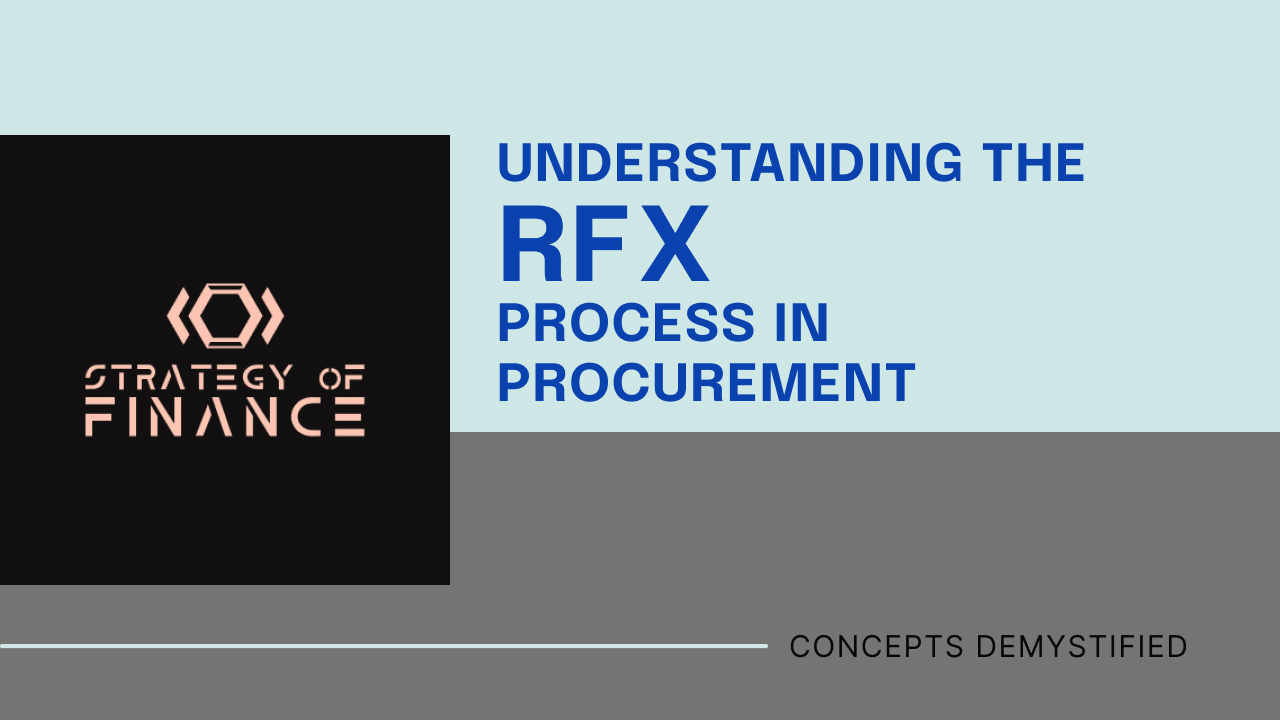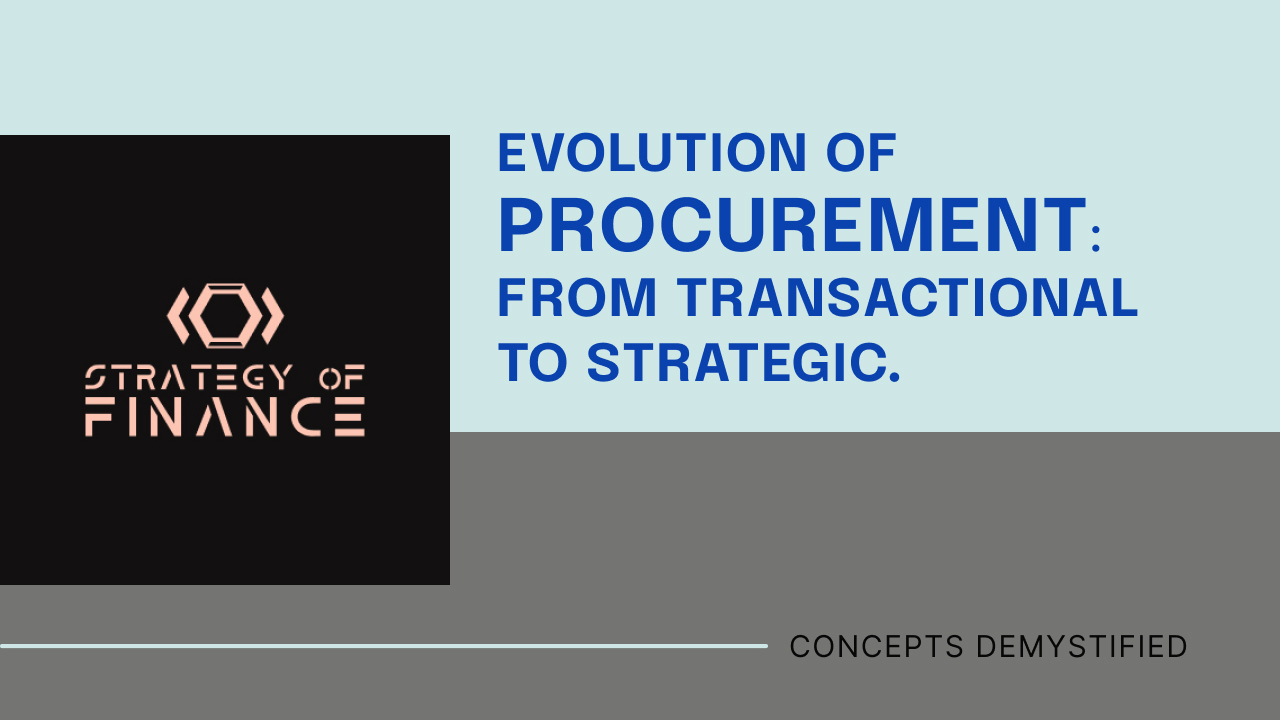Understanding the RFX Process in Procurement: A Comprehensive Guide

Understanding the RFX Process in Procurement: A Comprehensive Guide
Efficiency and strategic planning are paramount in the world of procurement. The procurement process involves a series of steps that ensure businesses acquire goods and services in a timely, cost-effective, and compliant manner. This article dives into the typical procurement process, highlighting each critical stage and its importance.
The RFX Process: A Comprehensive Framework
The procurement process is often encapsulated within the RFX framework, which includes Request for Information (RFI), Request for Proposal (RFP), and Request for Quotation (RFQ). This structured approach helps organizations streamline procurement activities, reduce risks, and make informed decisions.
1. Request for Information (RFI)
Objective: To gather preliminary information from
potential suppliers.
Description: The RFI stage is the initial step in the
procurement process. It involves sending requests to suppliers
to gather detailed information about their capabilities,
products, services, and financial stability. This step is
crucial because the business environment is constantly changing,
with new players entering the market regularly.
Key Activities:
- Identifying potential suppliers, including those the company has no prior knowledge of.
- Customizing the RFI to suit specific business needs and requirements.
- Evaluating suppliers based on their responses to assess their suitability and alignment with the company’s needs.
Murali explains the importance of this stage:
“RFI is an area where you’re building the risk profile, understanding financial stability, customer base, and more.”
2. Request for Proposal (RFP)
Objective: To solicit detailed proposals from shortlisted suppliers.
Description: Once the RFI responses have been reviewed, the next step is to issue an RFP. This document asks suppliers to provide comprehensive proposals on how they can meet the company’s specific needs. The RFP stage helps narrow the list of suppliers further based on their proposed solutions and capabilities.
Key Activities:
- Converting RFI information into a detailed proposal request.
- Sending out the RFP to shortlisted suppliers.
- Evaluating the proposals to determine which suppliers can meet the company’s requirements.
Rohit summarizes this process:
“So first, we receive the information. We understand if that particular supplier is worthwhile. Then we ask them for a particular proposal, reducing the funnel of suppliers we are dealing with.”
3. Request for Quotation (RFQ)
Objective: To obtain detailed pricing information from the most suitable suppliers.
Description: The RFQ stage involves requesting specific price quotations from a smaller group of suppliers who have passed the RFP evaluation. This step is often accompanied by a reverse auction for standard and non-complicated procurements, ensuring a transparent and competitive bidding process.
Key Activities:
- Sending RFQs to the final list of suppliers.
- Conducting a reverse auction, if applicable, and allowing suppliers to bid online in real-time.
- Ensuring a fair and transparent selection process where all stakeholders can observe and verify the bids.
Benefits of the RFX Process
- Risk Mitigation: By thoroughly vetting suppliers through RFIs, companies can assess potential risks early in the procurement process.
- Efficiency: Streamlining the process from RFI to RFQ ensures that only the most suitable suppliers are considered, saving time and resources.
- Transparency: Conducting reverse auctions and involving multiple stakeholders in the evaluation process ensures a fair and transparent procurement
- Cost-Effectiveness: Competitive bidding through RFQs and reverse auctions helps obtain the best possible pricing for goods and services.
Conclusion
A well-structured procurement process, guided by the RFX framework, is essential for any organization looking to optimize its supply chain and procurement activities. By starting with comprehensive information gathering (RFI), moving to detailed proposal requests (RFP), and concluding with precise quotations (RFQ), companies can ensure they engage the best suppliers, mitigate risks, and achieve cost savings. Understanding and implementing these steps can significantly enhance the effectiveness and efficiency of the procurement function.
***
May 29, 2024 By Rohit Agarwal
Related Content

May 20, 2024

Ex-head of procurement at Wipro
Easy to Reach.
Flexible.

Global Head of Procurement, MongoDB








